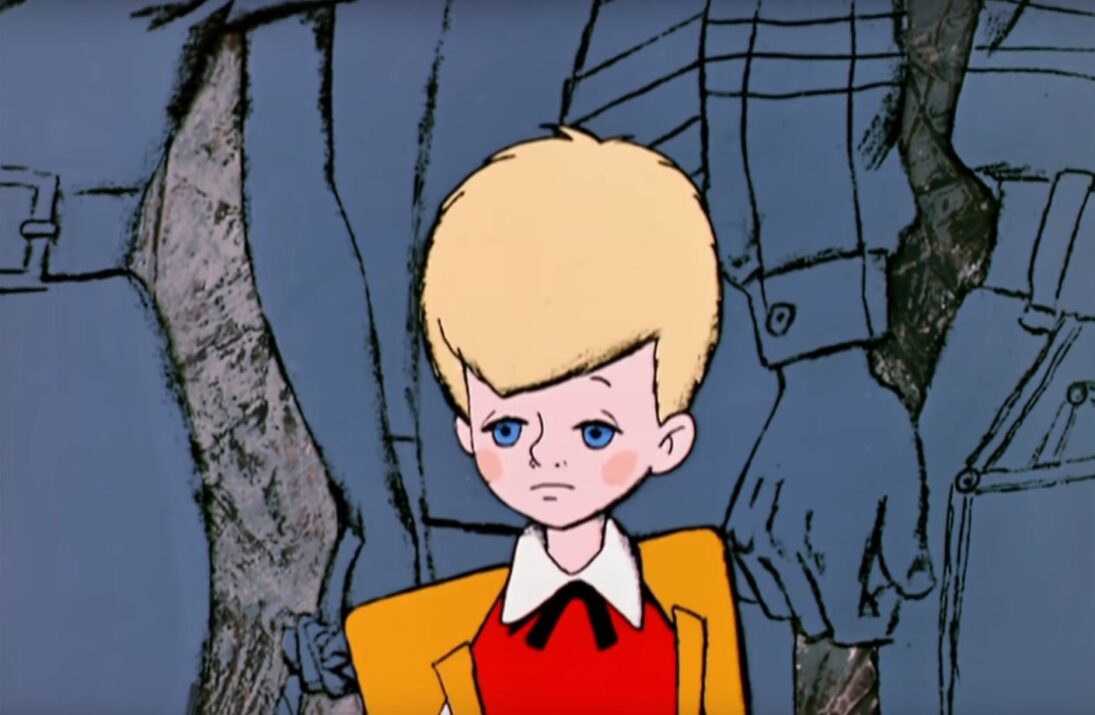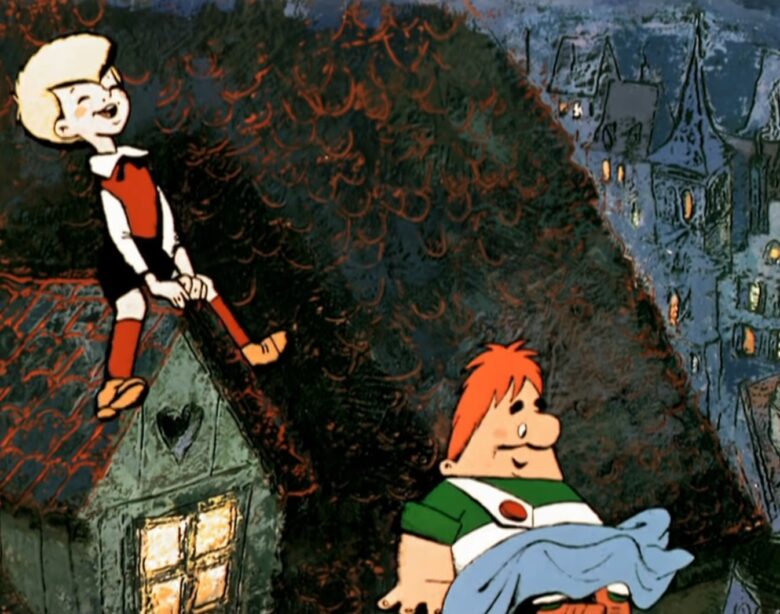
The image of the flying barrel brought together the ideas of readers of all ages about how an ideal imaginary friend should look and behave: eccentric, has paranormal powers, is capricious, can put anyone in their place – and bring hope back in the most desperate circumstances. People are used to Carlson – and yet he is still perhaps the most unusual fantasy of Astrid Lindgren; and this man-in-the-moment-power is not as simple as it seems. He fights domestic violence, effectively mediates between fathers and children, wittily mocks society’s obsession with new technology (the scene of stealing buns from the table with a vacuum cleaner) and excessive bourgeoisness. His self-construction on the roof is the last frontier, where the domestic, artisanal, isolated from the world culture holds the defense against the advancing mass – globalized, multifamily and multi-antenna. As for Russia and the former Soviet Union, where “Carlson” made his way into folklore and was cited as “Woe from Wit,” it is possible that in Soviet times this book was also seen as a veiled satire on the state’s obsession with the Big Space Project. Carlson may not have overcome gravity, but he somehow outsmarted it – and flies not with vague scientific goals, but on purely personal and undeniably important matters; just a private initiative, yes – but also, in its own way, “time of the first.



